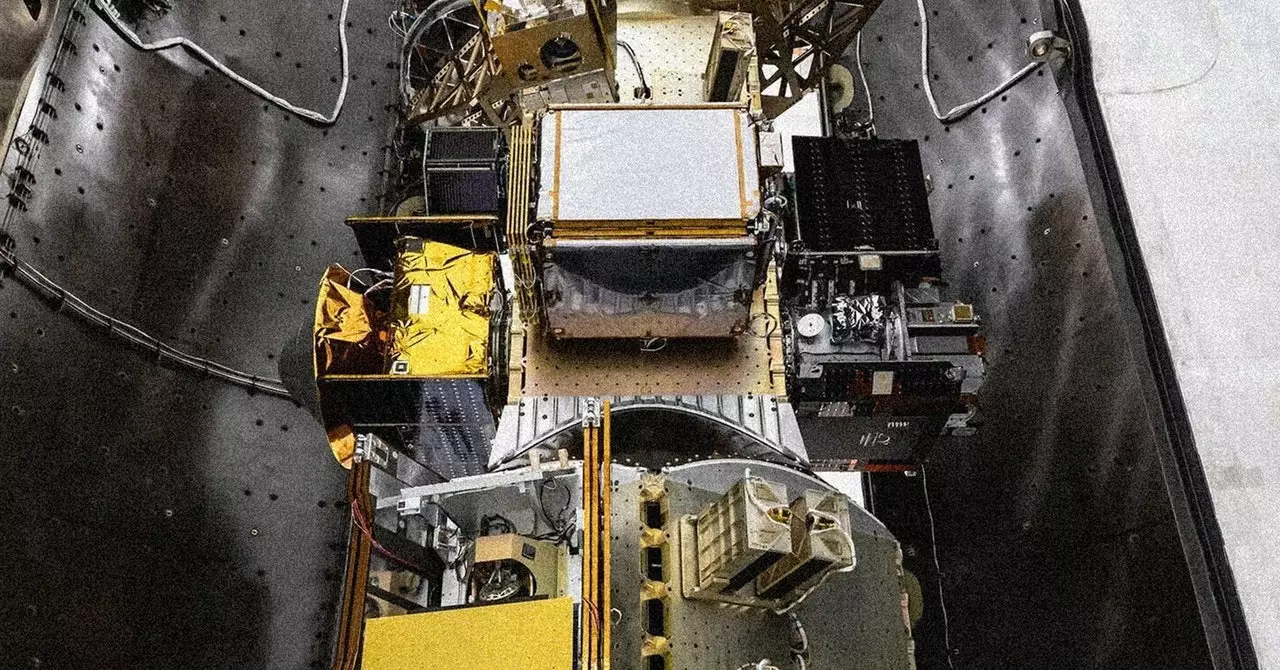Wildfires are an existential threat, fueled by climate change and shifting weather patterns. As the frequency and intensity of these infernos increase, the urgency to establish effective detection and response mechanisms has never been more critical. Experts in the field, including professionals from organizations like the Secure World Foundation, assert that while modern satellite and artificial intelligence (AI) technologies promise enhanced data collection capabilities, their true efficacy hinges upon the timely dissemination of this information. The clock is ticking in firefighting scenarios, and decision-makers often find themselves racing against time—a reality that makes the integration of cutting-edge technology both essential and challenging.
The Role of Data Accessibility
One of the paramount considerations in leveraging technological advancements for wildfire management is the accessibility of data. Krystal Azelton emphasizes that possessing superior data is futile if it fails to reach the end users—namely the firefighting agencies and local communities at risk. The intersection of technology and user accessibility is where many initiatives falter, even as various solutions flood the market. The challenge lies in ensuring that those in critical response roles have access to real-time, actionable insights. For instance, while satellite technology can provide comprehensive situational awareness, the underlying question remains: how can we effectively bridge the gap between advanced data collection and on-the-ground execution?
The Fog of Fire: Challenges in Real-Time Response
The term “fog of war” aptly describes the confusion and uncertainty that accompanies wildfire events. When a fire ignites, the immediate challenge is not just data collection but also maintaining an organized and rapid response. Experts like Van Arsdale from the Fire Sat team stress this point, explaining that while tracking data is vital, the effectiveness of this information shrinks if firefighting teams cannot mobilize in a timely fashion. The reality is that merely identifying a blaze the instant it begins does not equate to successful containment. Wildfires are dynamic, unpredictable events, and response agility is often hindered by the factors like terrain, weather conditions, and the sheer scale of operation required.
Current Technologies and Their Limitations
Recent advancements in camera technology, as showcased by initiatives like AlertWildfire, illustrate that terrestrial solutions are also stepping up in the fight against wildfires. Camera networks have proven to be effective early responders, capable of spotting fires ahead of satellite systems. A notable case is the Palisades Fire in Los Angeles earlier this year, which was first detected through such ground-based monitoring. Though these systems provide speedier data on initial fire outbreaks, there is no one-size-fits-all solution. The interplay between satellite data and ground-based intelligence needs careful navigation to yield optimal outcomes.
Climate Science and Community Communication
It is important to recognize that fire detection technology, while invaluable, cannot completely mitigate the underlying issues presented by extreme wildfires. Climate scientist Daniel Swain acknowledges that although satellite-enabled monitoring provides crucial updates, it does not solve the fundamental challenges posed by wildfires. He advocates for the utility of sharing precise location data, especially for individuals situated in danger zones. Keeping communities informed can empower them to take necessary precautions, but it is clear that technological solutions must be complemented by robust community engagement and educational outreach.
Investment and Innovation in Firefighting Technology
The current landscape also reflects an exciting investment surge in technologies designed to combat wildfires. Private companies are increasingly entering the market, seeking to develop innovative firefighting solutions that can operate effectively in tandem with existing systems. This trend can yield promising outcomes, yet it invites scrutiny—are these businesses driven by altruism, or is profit overriding the commitment to public safety? It’s a dialogue that merits attention as society moves forward in adopting these new technologies.
By harnessing the power of technology and addressing the multifaceted challenges of wildfire detection and response, we may be on the cusp of a significant breakthrough in firefighting strategies. The commitment to marry advanced data collection with practical application could very well redefine how communities manage wildfire threats in the coming years.

